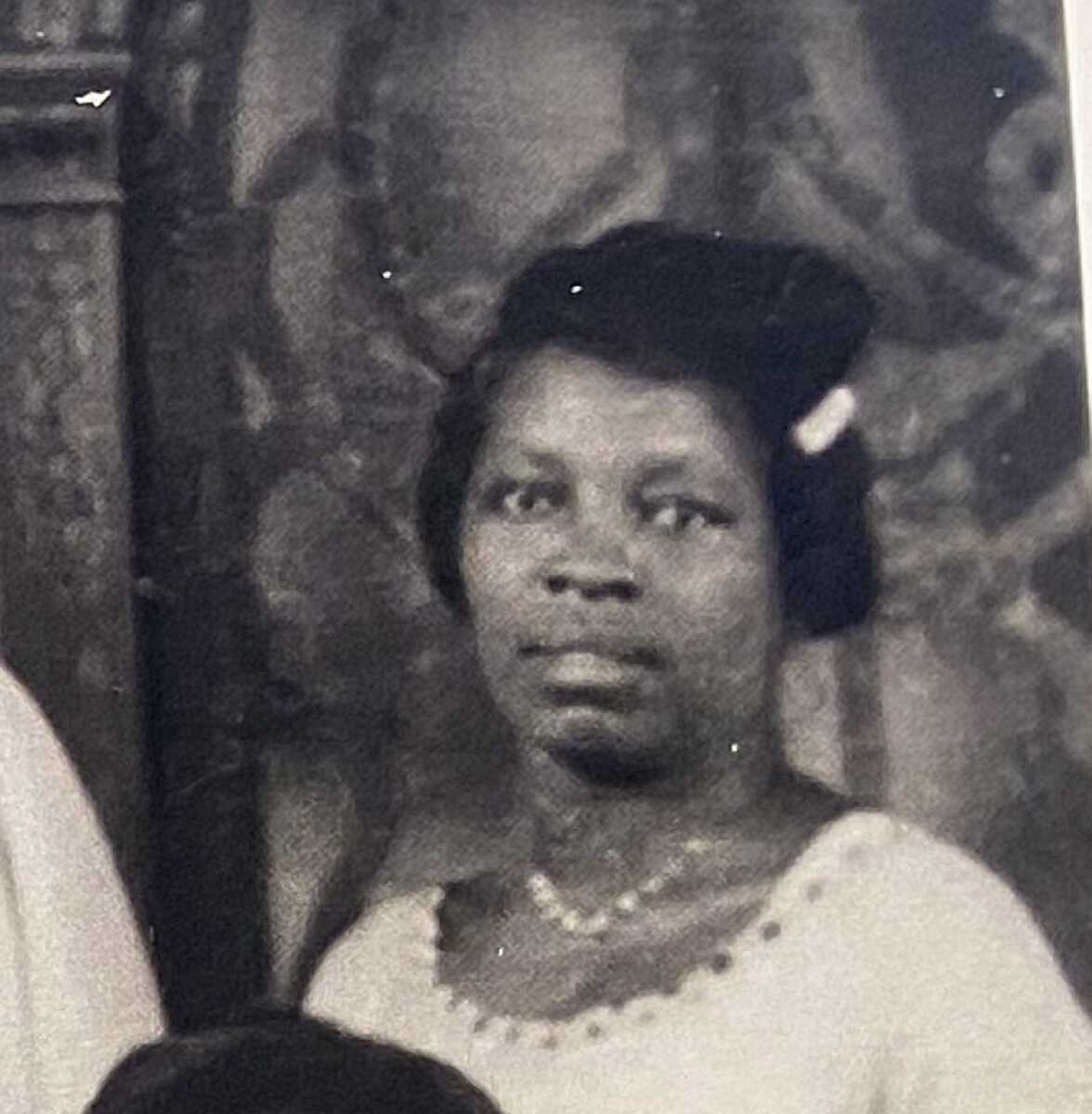Browsing the 1920 Federal Census for the city of Cape Girardeau, my attention caught on this detail: Hattie N. Jones, female, black, 28, single, newspaper reporter. The local Daily Republican newspaper of the era employed no women reporters -- black or white. Lingering curiosity and extensive research revealed Jones was Cape Girardeau's reporter for the St. Louis Argus.
Born in 1892, Hattie was the youngest daughter of Charles and Amanda Jones, charter members of Second Missionary Baptist Church, and whose descendants represent generations of spiritual leadership throughout the region. Hattie attained the highest public education available to her at Lincoln High (later Cobb School) in Cape Girardeau. Hattie stayed on to teach at Cape Girardeau's Lincoln, then in Bell City, Missouri, Oklahoma and St. Louis. In her 20s, ignoring societal norms, her talent and audacity widened her career path, adding news reporter to her resume.
Founded in 1912, the St. Louis Argus (the oldest continuous black-owned business in St. Louis) promised "to publish the news; just enough of everything; not too much of anything." As rural subsistence farming failed, black families scattered toward industrial jobs in the cities. The Argus, in a genius plan to market the paper to first-time subscribers, published not only national and regional news, but local and personal news from outstate towns in Missouri, Illinois and Arkansas. In 1914, Hattie N. Jones, at age 22, was among the earliest corresponding reporters for the Out of Town section, submitting summaries of their black community's happenings. Hattie was faithful and prolific, submitting a column every week. In time, she inspired many regional writers to submit their town "news." By 1925, columns from 37 Missouri towns were published, including Jackson, Commerce, Charleston, Poplar Bluff and St. Mary. Hattie earned an unknown wage for her efforts, but also did her part to sell papers, regularly urging readers to subscribe ($1 annually) and to "pay the carrier boy, when he comes."
From 1914 to 1925, Hattie's weekly column described Cape Girardeau's black community activities. Written in snippet-style, coverage included sermon titles, youth group (BYPU) activities, baptisms, revival series at Second Baptist, St. James AME, Hely's Chapel, Smelterville and Pleasant Valley churches, emphasizing the harmony and mutual support of the congregations. Weddings, social visits, the sick and funeral coverage include many names in each column. Hattie wrote for those yearning for news from home and covered the breadth of Cape Girardeau's social and betterment organizations: mission circles, literary societies, debate clubs, the Colored Women's Civic League, Colored Ladies' Aid, Masonic and Eastern Star Lodges, and the organization of Cape Girardeau's NAACP. Lincoln School news included graduations, band concerts, field day activities and annual "Summer Normal" schools for black teachers and interested learners. Her 1919 coverage of the influenza crisis, the impact of banned public gatherings, the return of WWI "overseas boys" and the death of Professor John S. Cobb are insightful.
Reporter Hattie Jones' weekly word-picture snapshots of early-20th century black community life, and in that way, chronicled Cape Girardeau's black culture. Hattie was also a historian.
Connect with the Southeast Missourian Newsroom:
For corrections to this story or other insights for the editor, click here. To submit a letter to the editor, click here. To learn about the Southeast Missourian’s AI Policy, click here.










